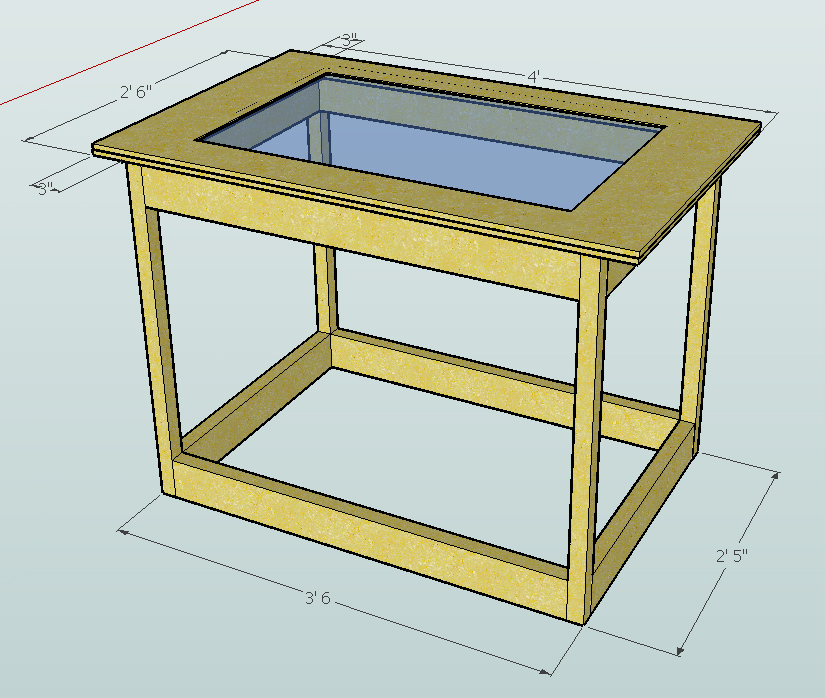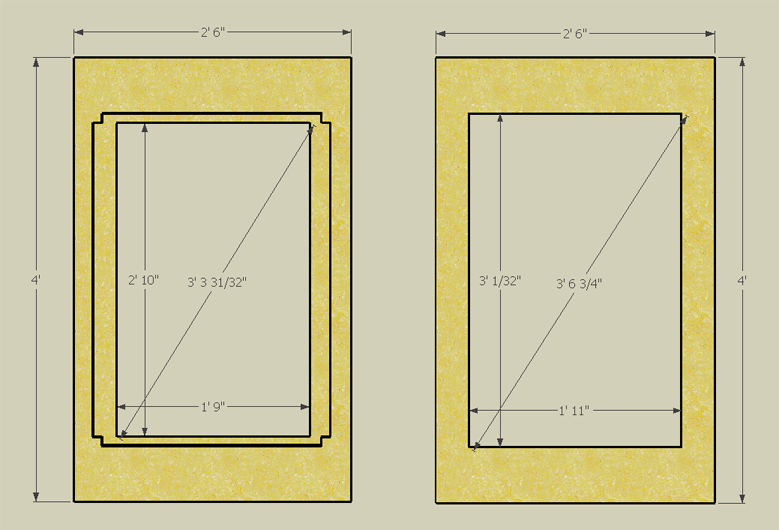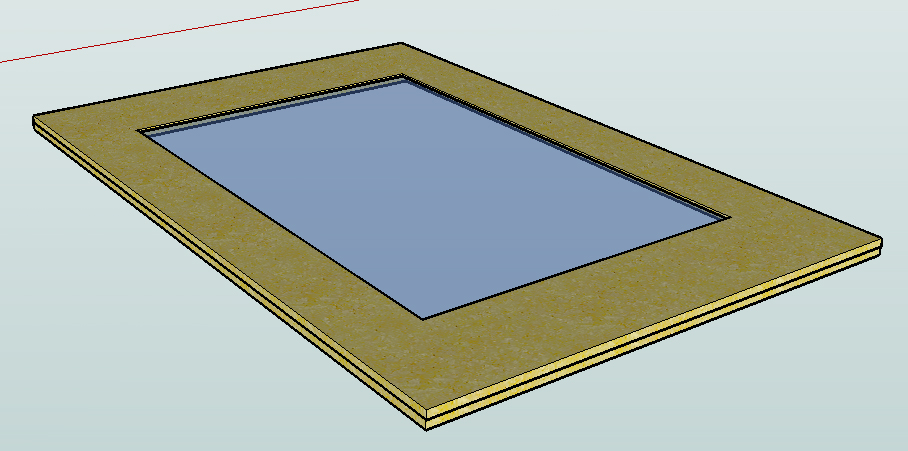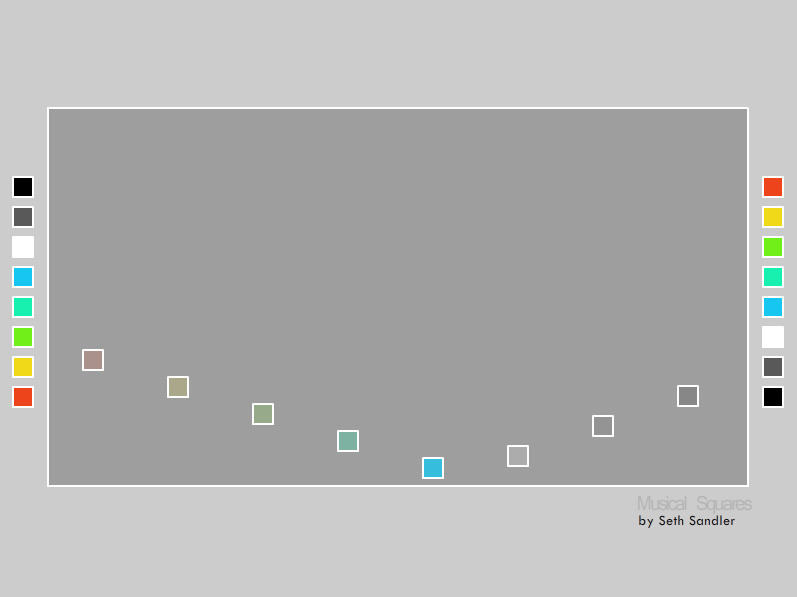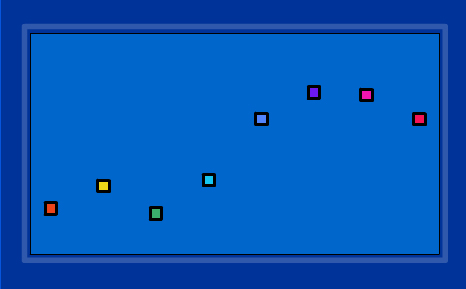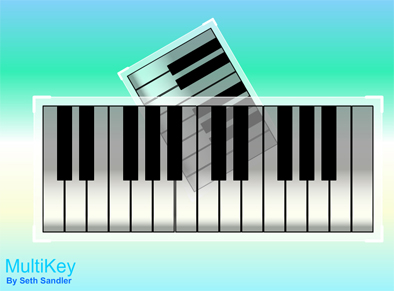I contemplated making my own PCB boards for the LEDs, but after doing some searching I found some boards online that would be more cost effective and work better than making my own boards. I decided to buy the following board from futurlec.com It’s possible to get 4 individual strips from each board for making individual LED PCBs. I needed a total of 10 strips for the two sides of my acrylic so I purchased 3 boards for $9.50. The strips are good because they will allow for 4-8 LEDs per strip. I chose to do 5 LEDs with a 1ohm resistor per strip (@ 7.5v), making a total of 25 LEDs per side of my acrylic.
The LEDs I’m
